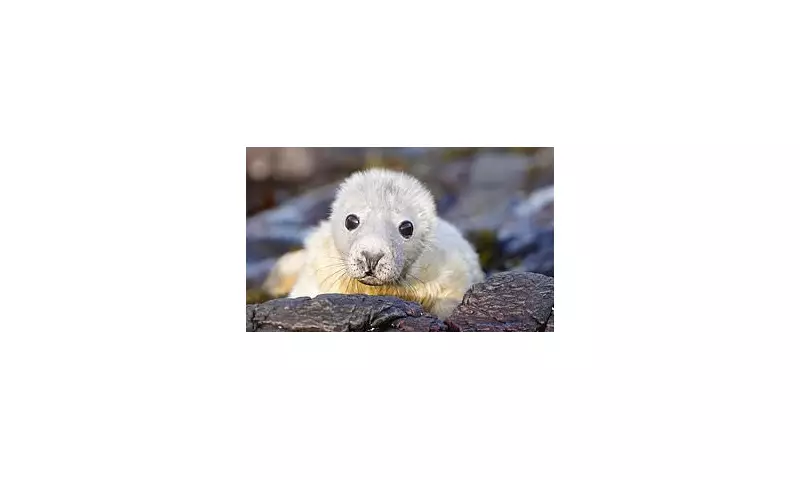
In a significant leap for wildlife conservation, researchers are deploying drone technology for the world's longest-running grey seal population study on Northumberland's Farne Islands. This year marks a new chapter for the survey, which began in 1952, replacing traditional hands-on methods with advanced aerial data collection.
A New Era for Seal Monitoring
The pioneering study, initiated by ornithologist and naturalist Grace Hickling, has meticulously tracked seal pup numbers for over seven decades. The survey method has evolved considerably, moving from physically marking seals with paint to using drones flying at a safe height of 75 metres. This modern approach protects researchers from protective seal mothers and minimises intrusion on the sensitive colony.
The Farnes, an uninhabited archipelago off the Northumberland coast, provides an ideal habitat with its rocky beaches, sand, grass, and abundant food. The National Trust has protected this sanctuary for a century, prohibiting visitor access during the crucial pupping season from October to December. People can only observe the spectacle from authorised boat trips.
Remarkable Population Recovery
The conservation efforts have yielded extraordinary results. When the study began 73 years ago, a mere 500 pups were recorded. Last year's count revealed 3,624 newborn pups, establishing the islands as one of England's most significant grey seal colonies. The upward trend continues, with area ranger Tom Hendry noting the increase from 3,443 pups in 2019 to last year's figure.
National Trust area ranger Sophia Jackson described witnessing the first pup's arrival as "always a special moment." She emphasised the study's global significance, stating: "This annual monitoring is especially important given that the islands have the world's longest-running dataset for monitoring this particular species."
Jackson added: "Each pup born here is a testament to the conservation work we do and the resilience of this species in the face of environmental challenges, particularly due to rising temperatures and warming seas."
Broader Ecological Implications
The research extends beyond seal populations, providing crucial data on climate change impacts. Newcastle University will analyse information gathered throughout autumn, with results expected next spring. The islands are also home to 23 species of seabirds, including internet-famous puffins.
Jackson explained how climate change affects both seals and seabirds: "The seabird is spending more energy on finding fish as their food source moves further away to cooler temperatures, which also results in their chicks either starving or being abandoned."
She identified climate change as the primary threat, noting: "Winter storms can also wash seal pups off the rocks and several pups died when Storm Arwen hit the islands in 2021." Conservationists are committed to ensuring both seabirds and seals have a thriving future for the next 100 years, despite these mounting environmental pressures.





